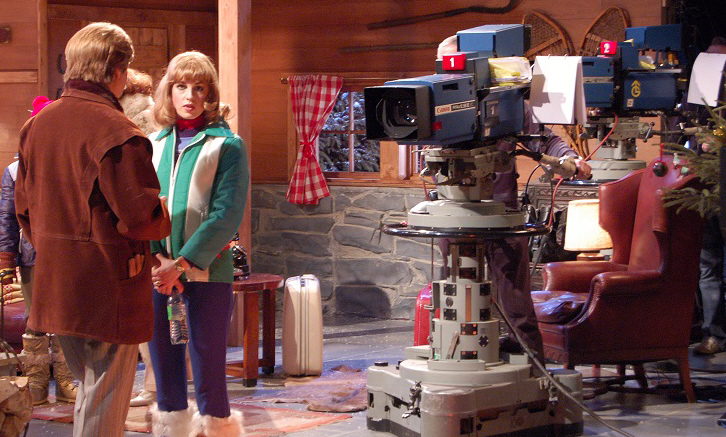JO
I'm a big fan of the show Inside No 9, but I'm not really here to discuss that just now!
In this episode of the show, on the other night, the story was told in the style of a 'director's commentary' - with the character discussing things such as continuity errors, multi-camera filming and the like.
What particularly interested me was the style of filming. I noted with intrigue that it was showed as 4:3, with dodgy sets and titles. Also - I watched a low-resolution version, so I had to check afterwards - it was apparently filmed on original PAL cameras of the time and in the multi-camera style.
I got this information from WIki - does anyone have any more details?
I thought it was worth a mention, so I would encourage you to take a look! Great series in any case.
In this episode of the show, on the other night, the story was told in the style of a 'director's commentary' - with the character discussing things such as continuity errors, multi-camera filming and the like.
What particularly interested me was the style of filming. I noted with intrigue that it was showed as 4:3, with dodgy sets and titles. Also - I watched a low-resolution version, so I had to check afterwards - it was apparently filmed on original PAL cameras of the time and in the multi-camera style.
I got this information from WIki - does anyone have any more details?
I thought it was worth a mention, so I would encourage you to take a look! Great series in any case.
